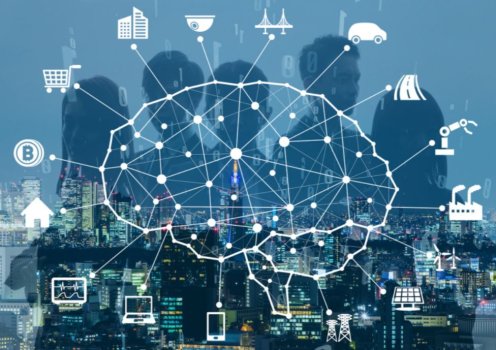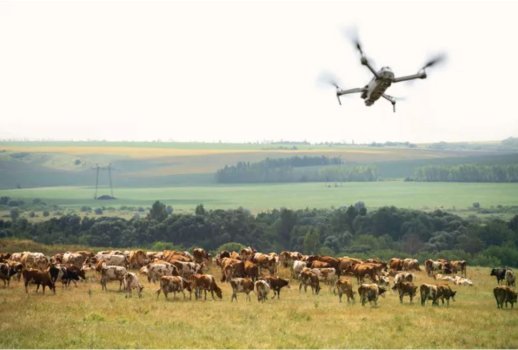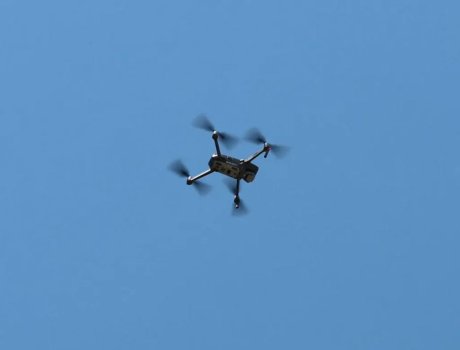Are AI Recruitment Tools Ethical And Efficient? The Pros And Cons Of ATS
- Technology Solutions
- 0 Replies
Identifying the right talent remains challenging for HR professionals and recruiters. Companies rely on artificial intelligence (AI) technology to perform tasks like screening resumes and scheduling interviews. But are AI recruitment tools ethical and efficient? There are benefits and pitfalls of automated hiring practices.
AI-driven technology and applicant tracking systems (ATS) have become indispensable tools for companies worldwide. According to Predictive Hire, 55% of hiring managers have invested in AI recruitment. And most Fortune 500 companies are using AI technology to filter resumes before they get to hiring teams and recruiters.
In recent years, there has been concern over ethics and efficiency in data analytics and AI-based hiring tools. Companies that adopt applicant tracking systems run the risk of eliminating qualified candidates from the pool.
Additionally, there are growing concerns about the ethics of ATS—does AI technology widen employment gaps between demographics?
How AI Recruitment Works
AI recruiting software collects and screens hundreds of resumes. These are stored in a database for recruiters to access. Depending on the system, HR professionals can manually review resumes, but recruiters generally skim and only take about six seconds per applicant. In a competitive market, these six seconds are crucial, but many systems don’t even allow for that.
Recruitment software applies machine learning algorithms to complex recruitment data to optimize recruitment and make high-volume tasks more efficient.
Here is a breakdown of how automated recruiting works:
AI-driven technology and applicant tracking systems (ATS) have become indispensable tools for companies worldwide. According to Predictive Hire, 55% of hiring managers have invested in AI recruitment. And most Fortune 500 companies are using AI technology to filter resumes before they get to hiring teams and recruiters.
In recent years, there has been concern over ethics and efficiency in data analytics and AI-based hiring tools. Companies that adopt applicant tracking systems run the risk of eliminating qualified candidates from the pool.
Additionally, there are growing concerns about the ethics of ATS—does AI technology widen employment gaps between demographics?
How AI Recruitment Works
AI recruiting software collects and screens hundreds of resumes. These are stored in a database for recruiters to access. Depending on the system, HR professionals can manually review resumes, but recruiters generally skim and only take about six seconds per applicant. In a competitive market, these six seconds are crucial, but many systems don’t even allow for that.
Recruitment software applies machine learning algorithms to complex recruitment data to optimize recruitment and make high-volume tasks more efficient.
Here is a breakdown of how automated recruiting works:
- Hundreds of applications are received, most of which are unqualified per the requirements input in the system.
- Intelligent screening systems identify qualified candidates within minutes, grading candidates according to keyword match, algorithms, and recruitment data.
- Some recruitment tools can interact with candidates via automated messaging, responding to questions about the position.
- Recruiters instantly schedule interviews with the candidates that ATS considers qualified, using technology to organize and track interviewees.























